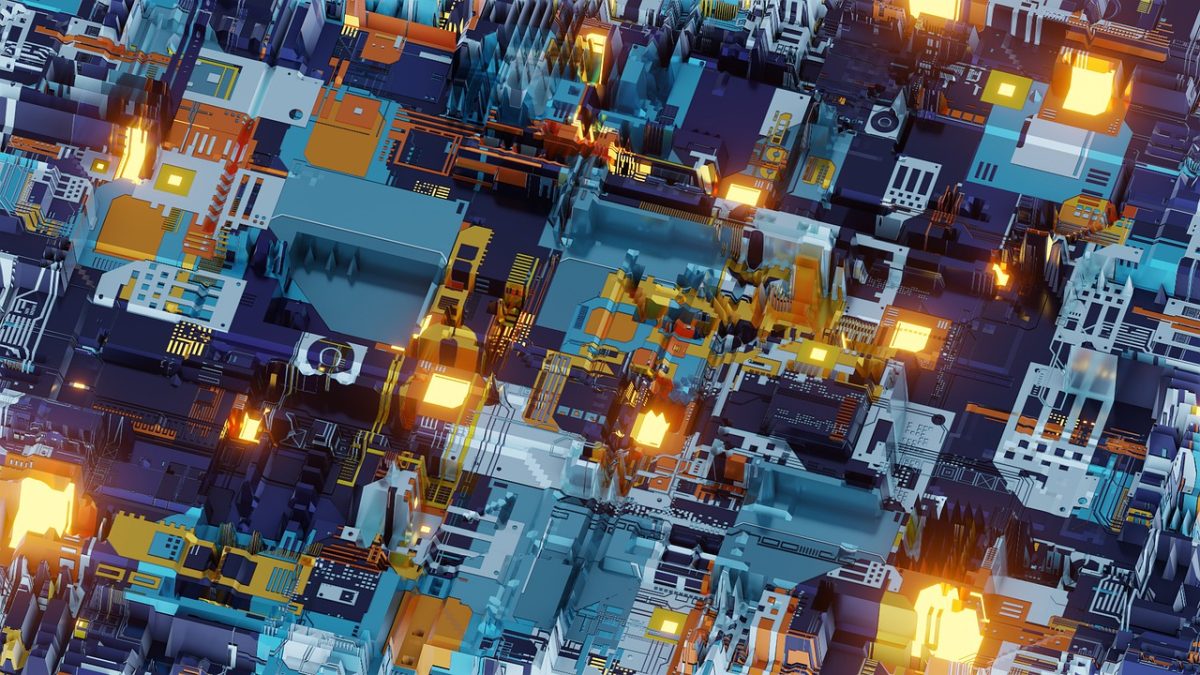In the ever-changing industrial scene, businesses are embracing cutting-edge technology to turn old processes into smarter, more efficient, and highly linked systems. Adopting a digital platform that enables smart end-to-end production is a critical component of this shift. This technique is gaining traction across sectors, transforming how goods are planned, produced, and brought to market.
Smart End-to-End Manufacturing:
Smart end-to-end production is analogous to upgrading a typical plant with cutting-edge technology. It entails integrating sophisticated technology throughout the full product lifetime, from design to production, to provide a streamlined and data-driven process.
These alterations are not restricted to a single stage, but rather affect all aspects of production, making the entire process from concept to product more efficient, adaptable, and responsive to market needs.
The Function of a Digital Platform:
The digital platform is at the core of this transition, serving as the nerve centre for orchestrating a symphony of technological innovations. This platform provides a holistic solution by bringing together numerous digital tools and services to simplify the complex procedures involved in manufacturing.
Microservices: The Specialised Workforce.
Microservices are critical components of the digital platform, similar to specialised workers in a factory. Each microservice is focused on a single activity, such as design, procurement, quality control, or another component of the manufacturing process. Microservices, like a group of pals working together to build distinct portions of a Lego castle, provide efficiency and specialisation in digital product development.
Flexibility and Adaptability
The digital platform’s success stems from its capacity to adapt and grow swiftly. A Lego castle may be updated without having to rebuild the entire structure, while a digital platform with microservices allows for simple upgrades and modifications without disturbing the entire production process. This flexibility is critical for responding to market developments and client requests in real time.
Improving Collaboration and Connectivity:
A digital platform fosters cooperation and connectedness, similar to friends working together on a common cause. It allows for communication between multiple phases of production, resulting in a unified and synchronised operation. Real-time updates and tracking provide stakeholders access into the manufacturing process, allowing them to make educated decisions quickly.
Empowering Manufacturers of Every Size:
One of the most impressive characteristics of this digital transition is that it is open to manufacturers of all sizes. Companies, whether huge enterprises or fast-growing startups, may compete in the dynamic and demanding industrial industry by using the potential of a digital platform.
The emergence of digital platforms for smart end-to-end production heralds a new era in the business. As technology advances, organisations gain from enhanced efficiency, flexibility, and cooperation. While many organisations are adapting to these changes, it is evident that the digital transformation of manufacturing is more than a fad; it is a fundamental movement towards a more intelligent and responsive future.
For more in-depth information, write to us at open-innvator@quotients.com and embark on a journey of manufacturing excellence.






